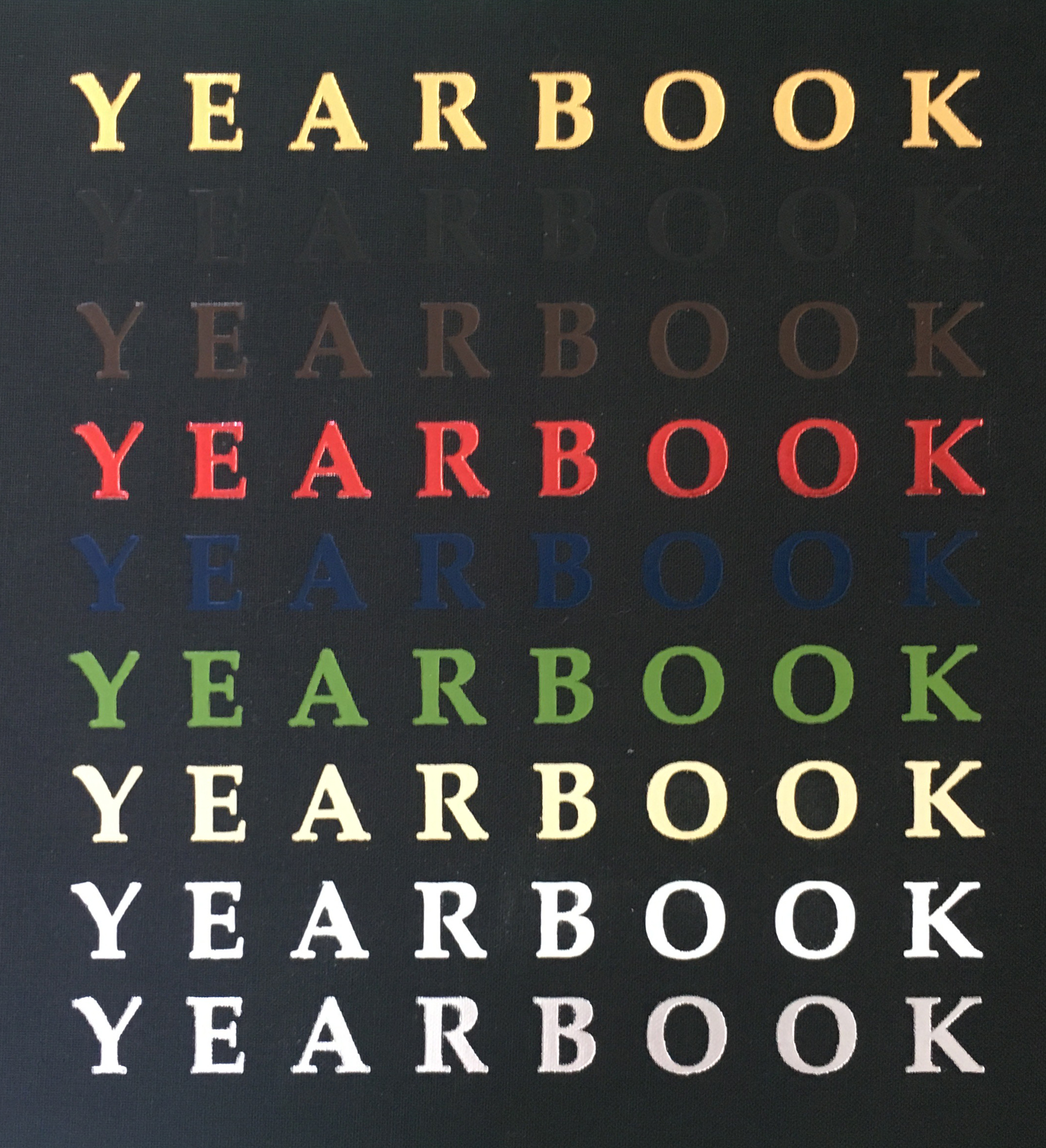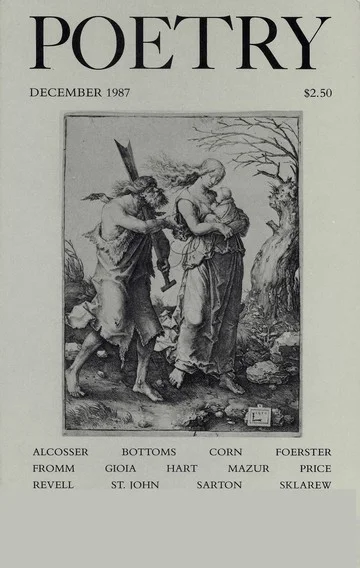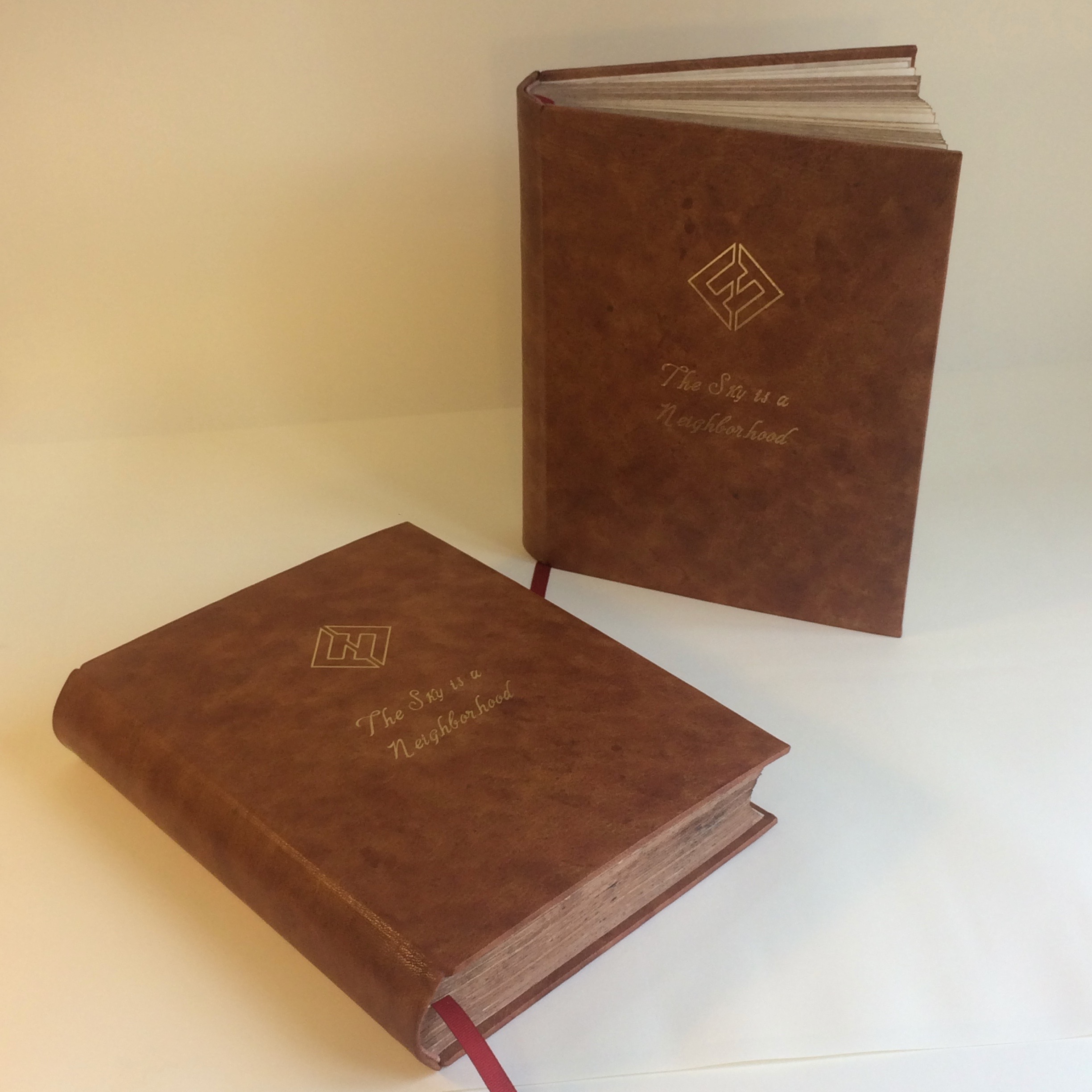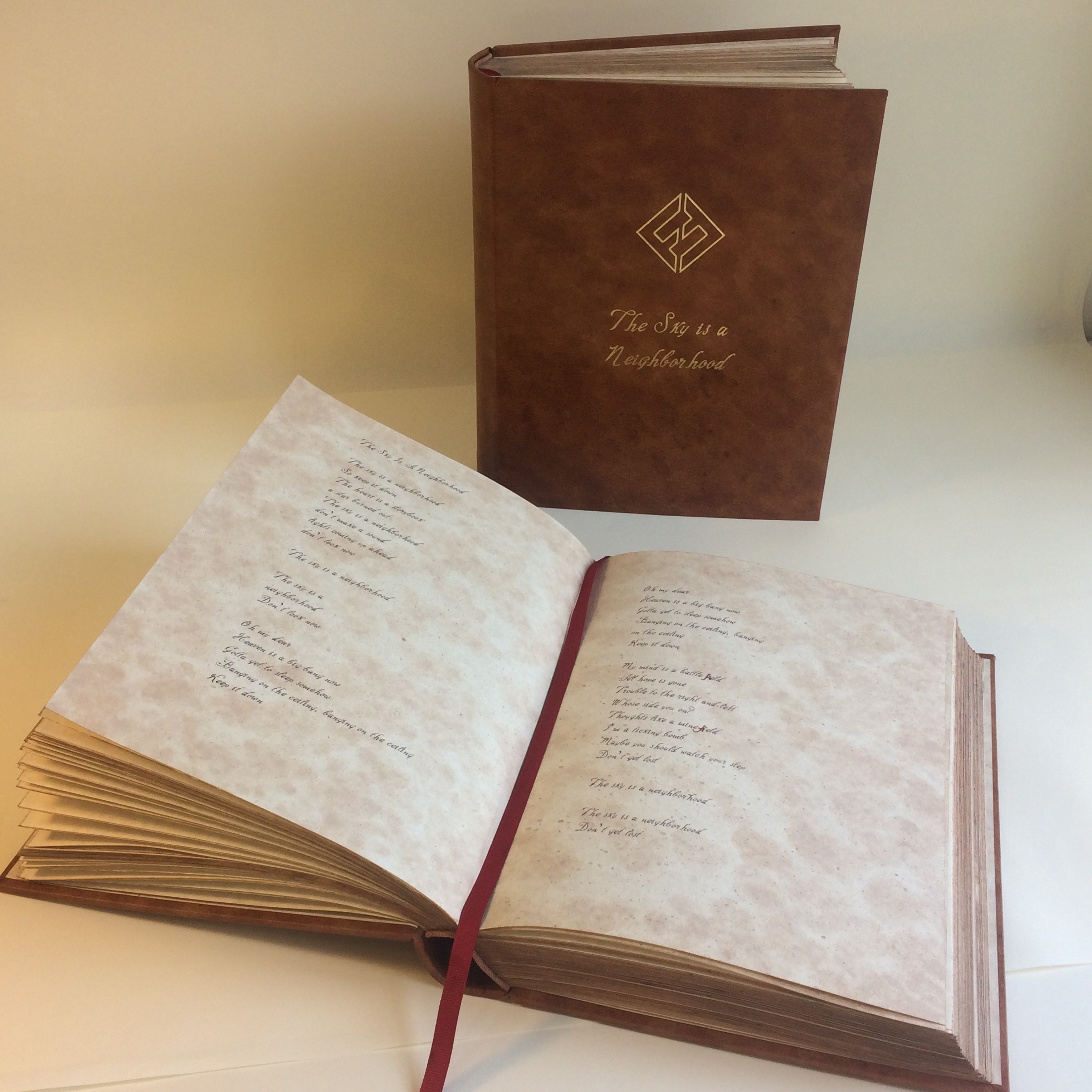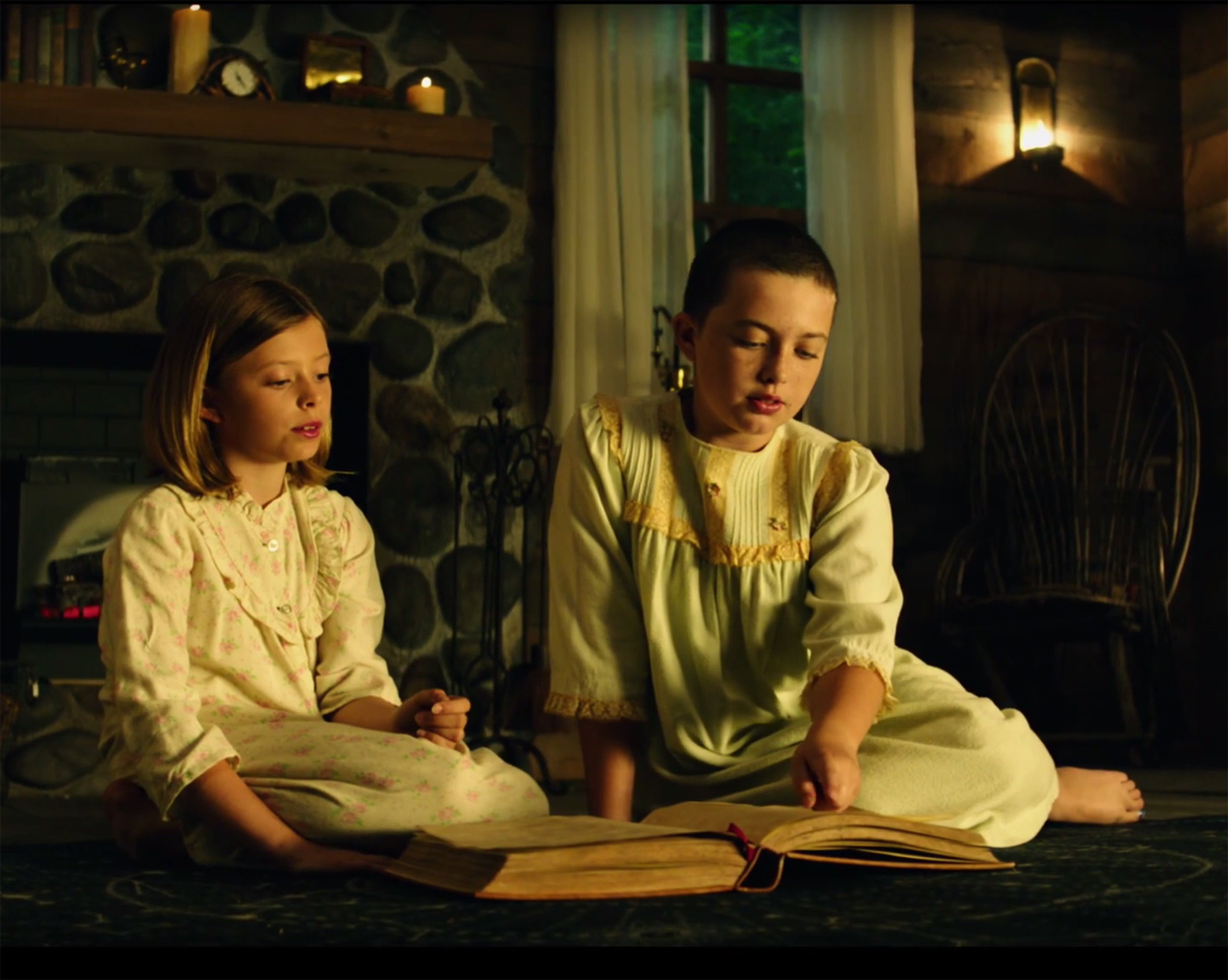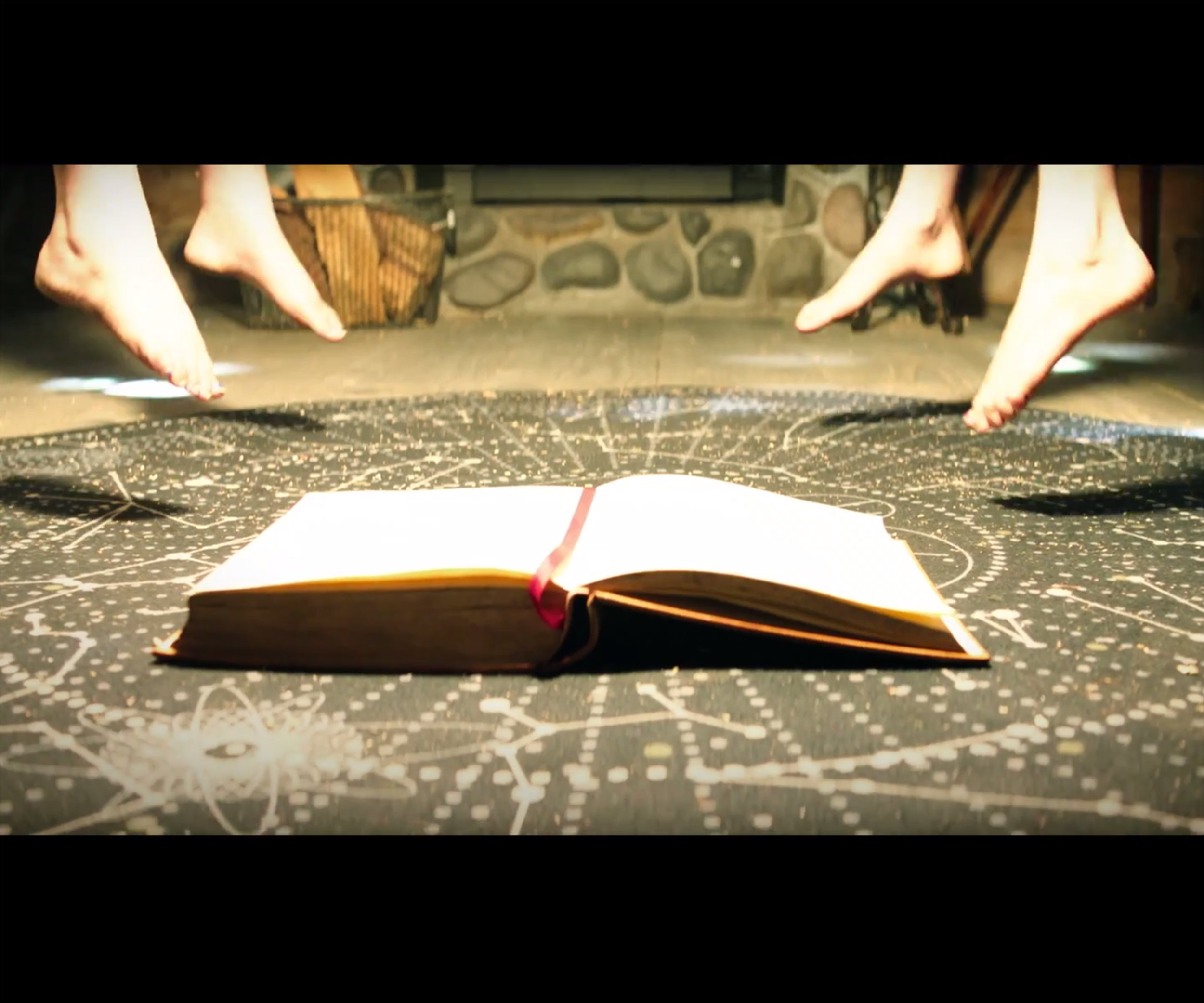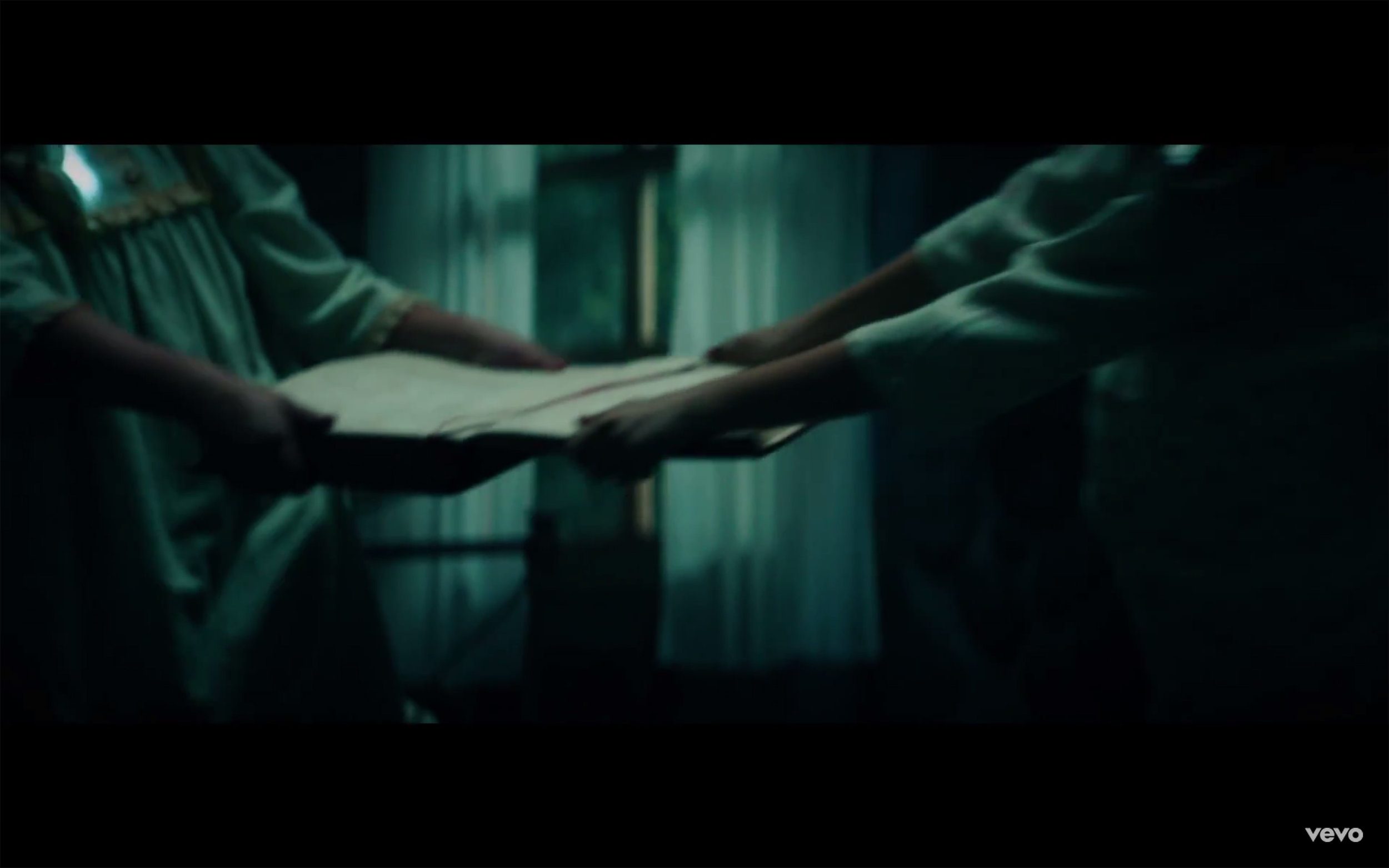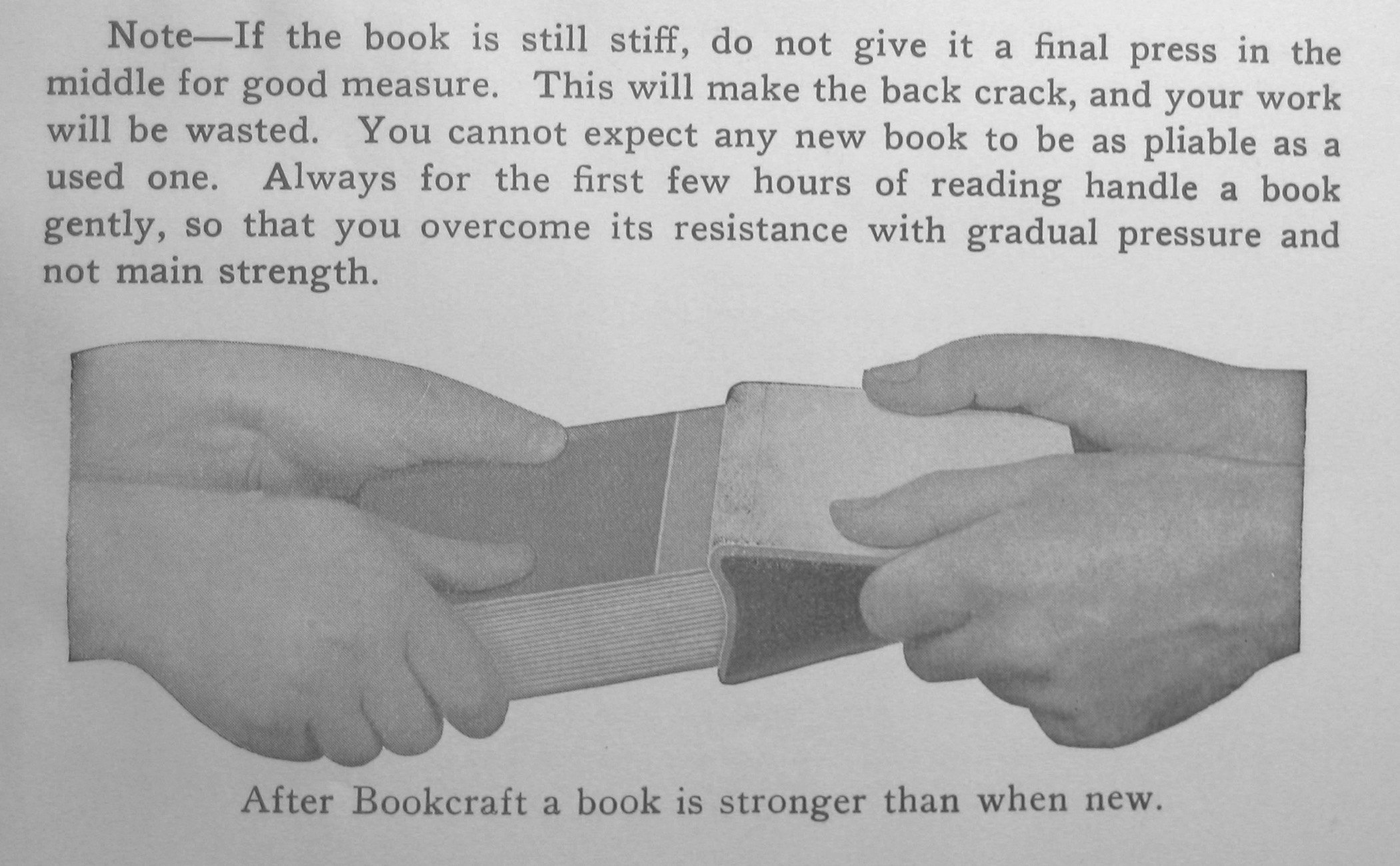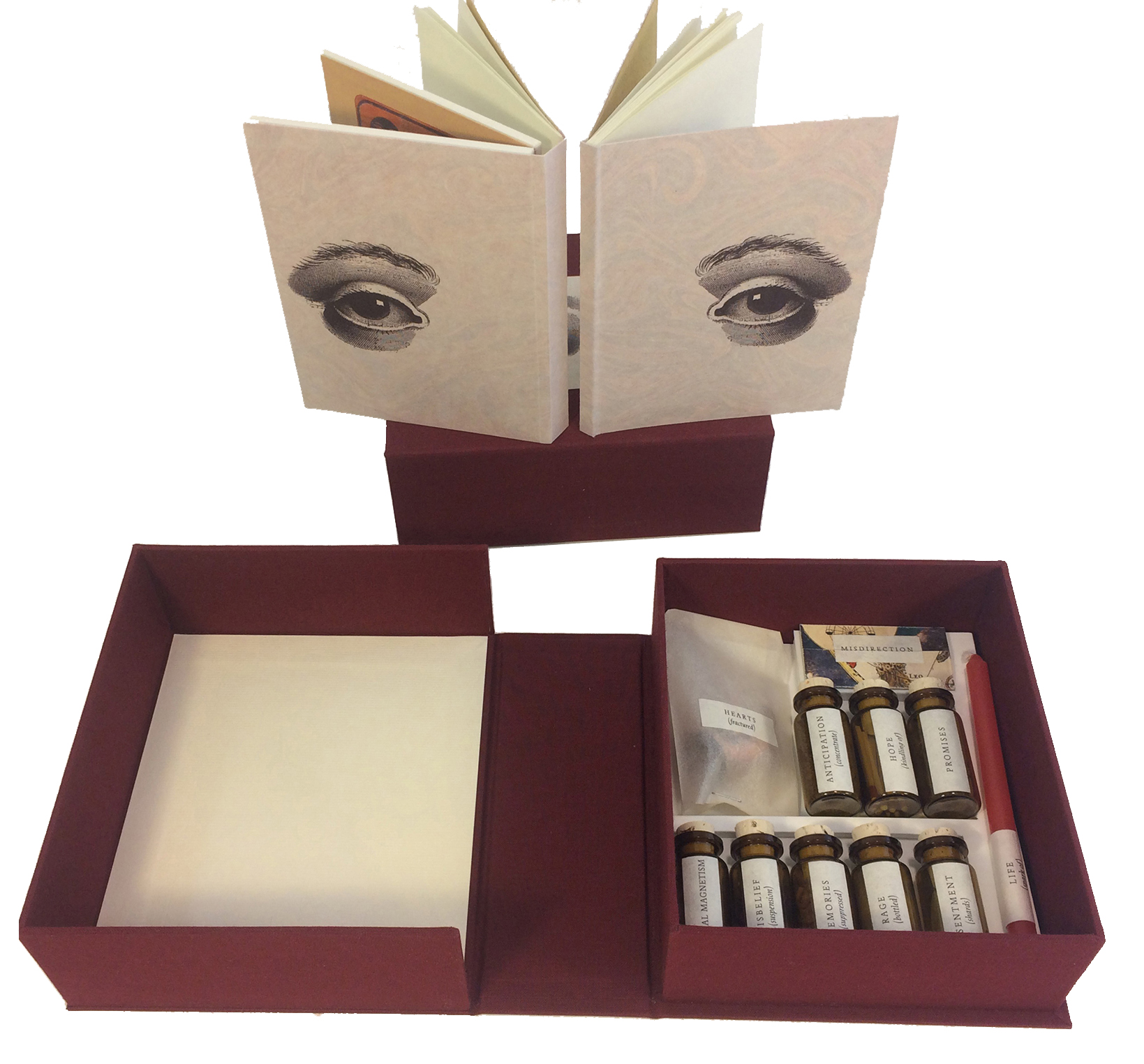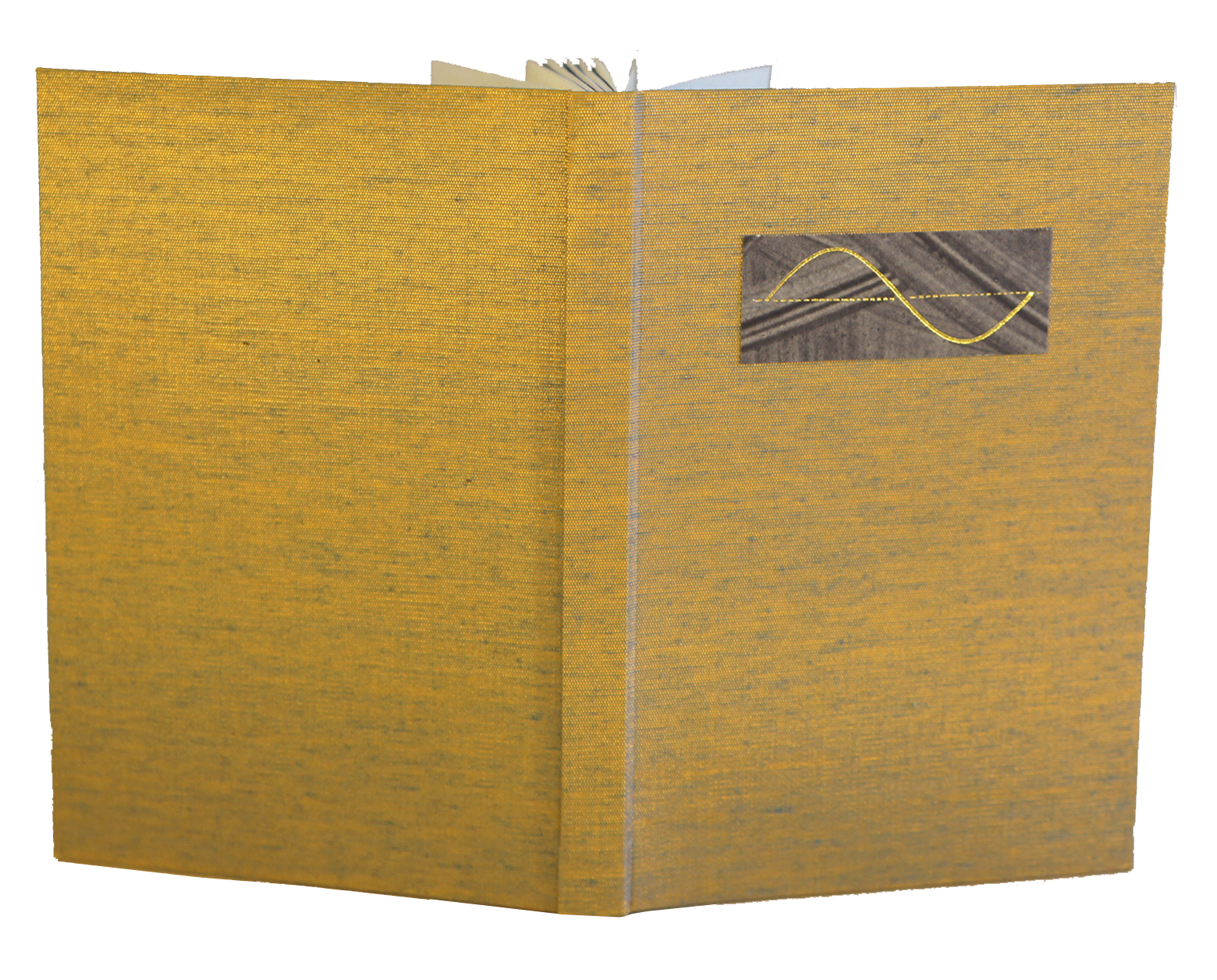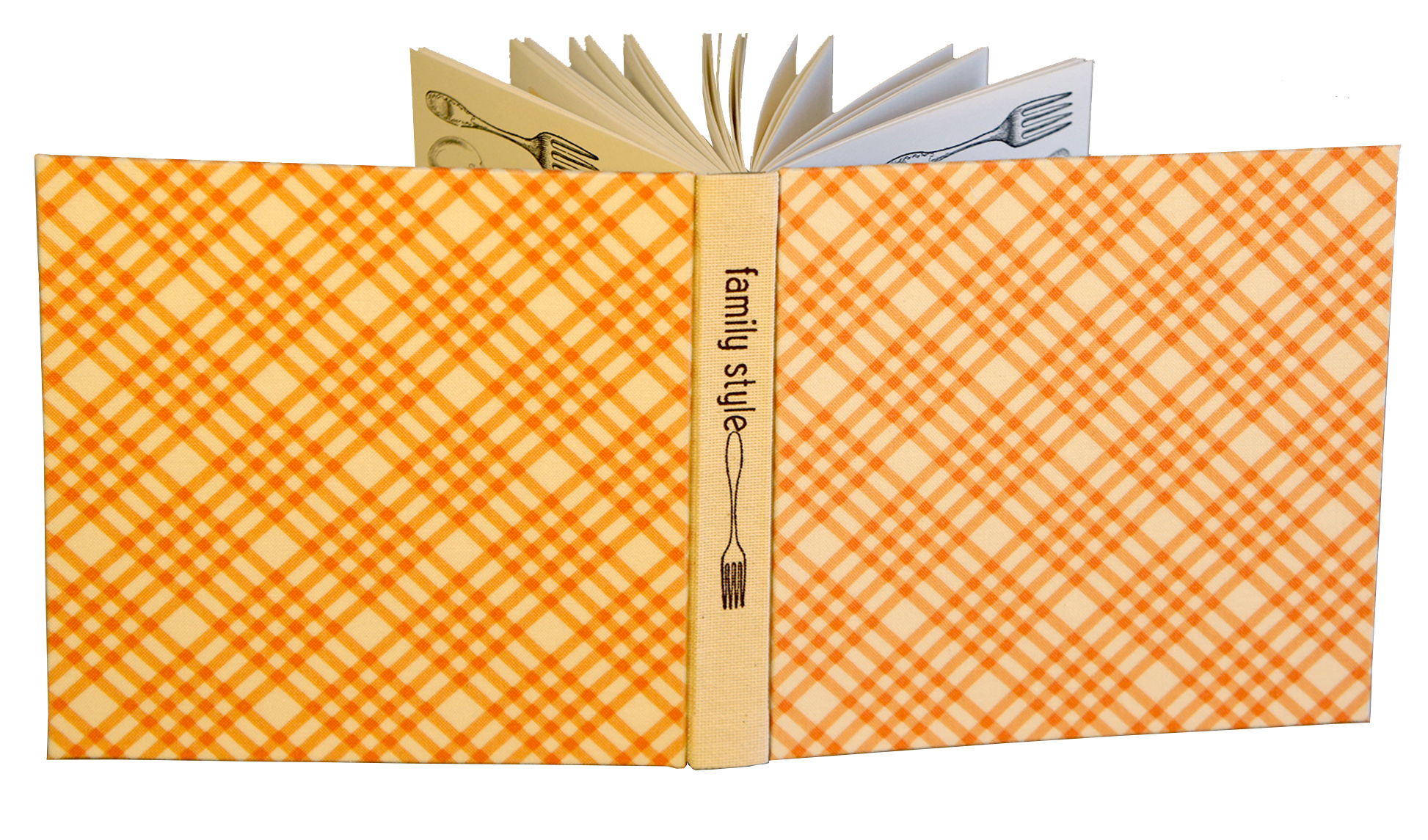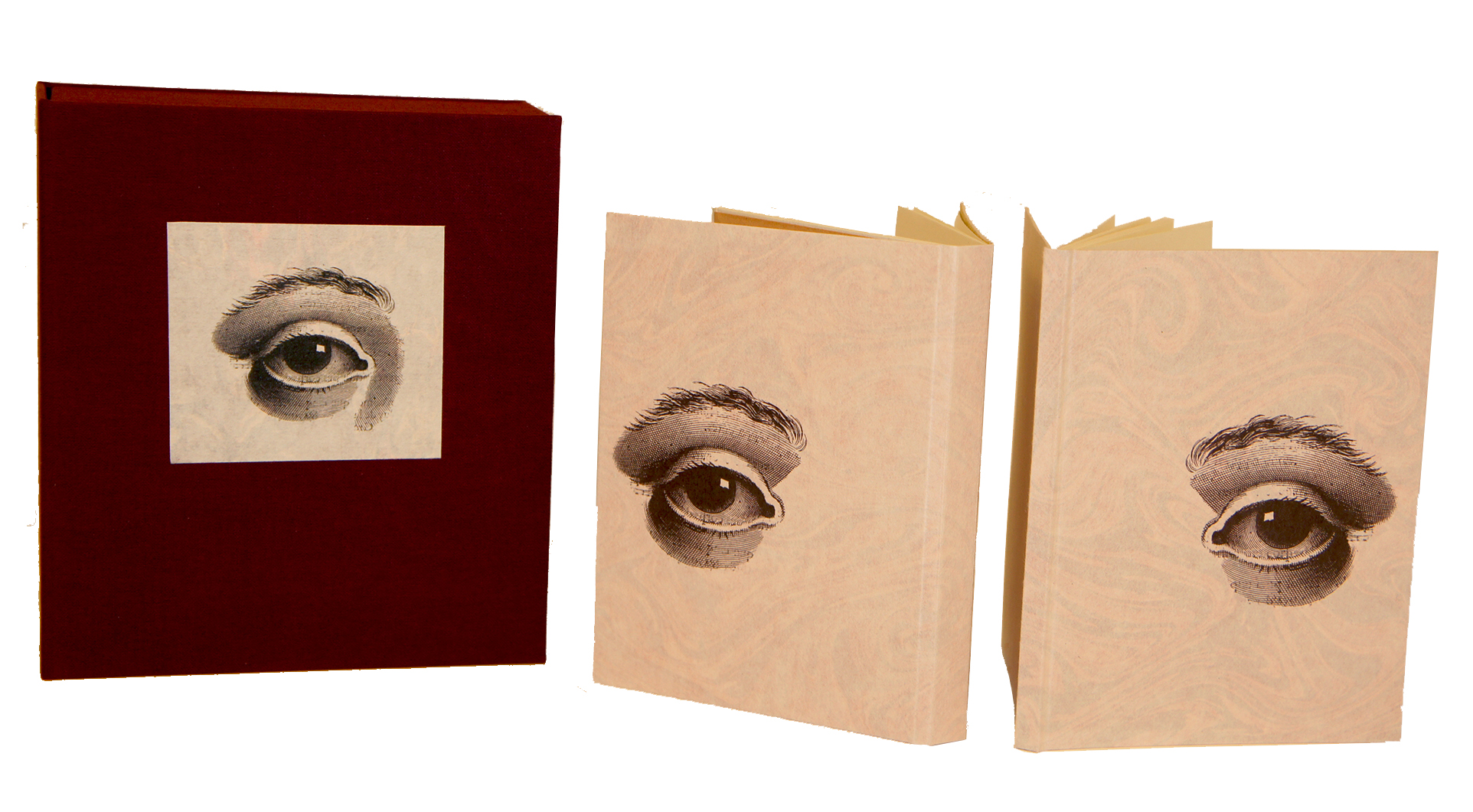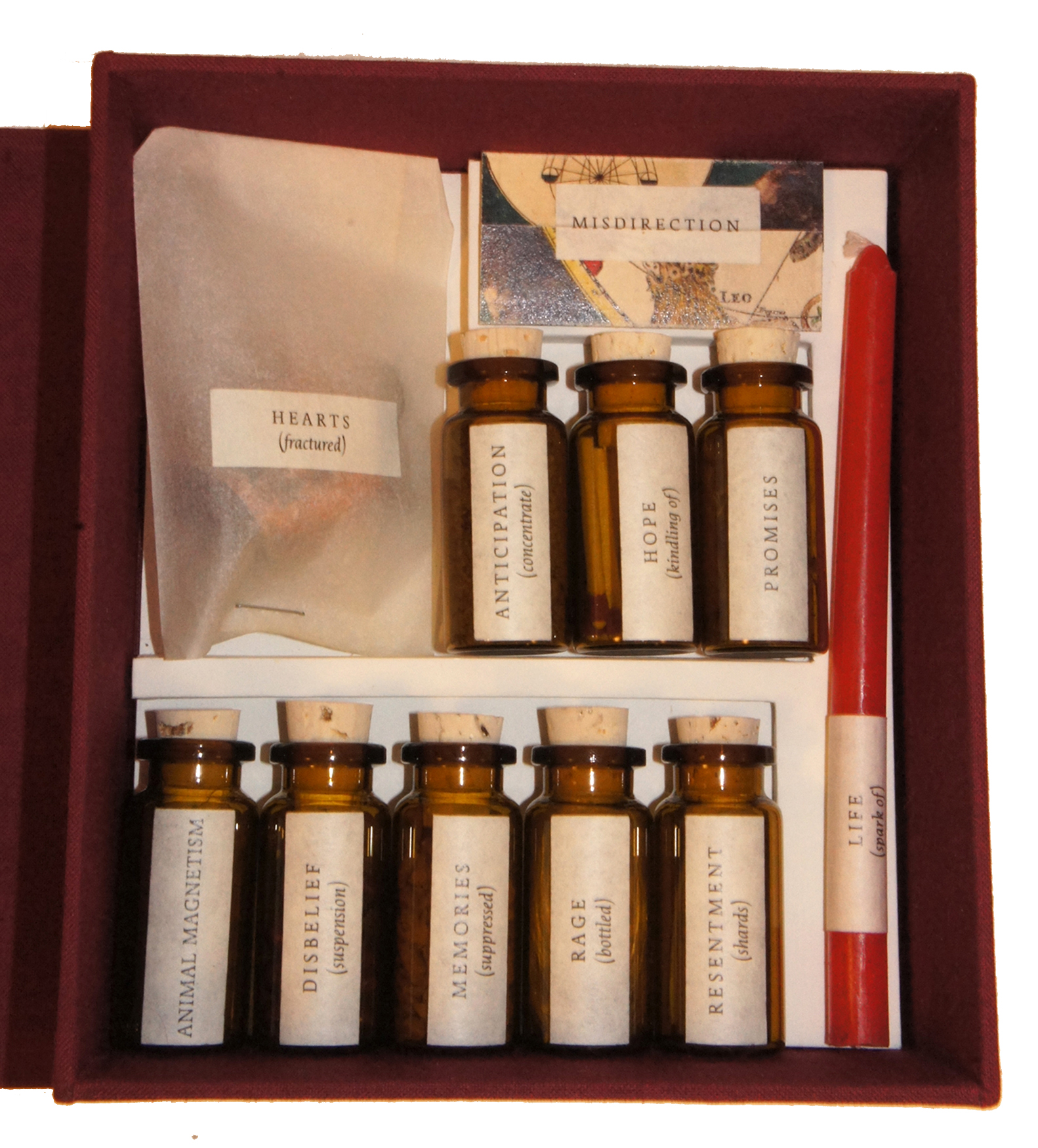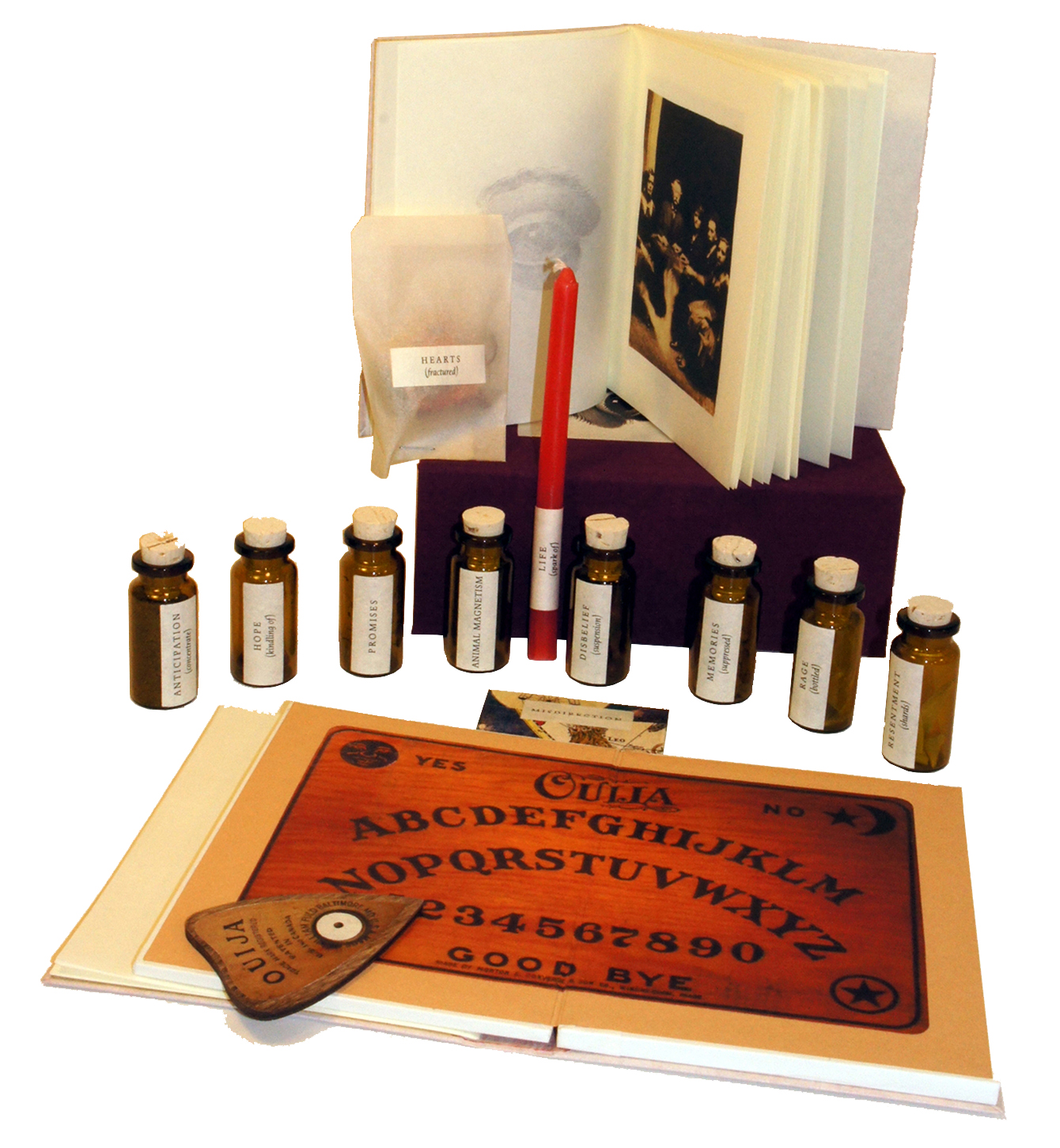custom artwork specifications
Stephanie Gibbs
It is customary for the title and author to be stamped in foil on the cover and spine of a book. Foil is available in a range of colors.
18 point Caslon is typically used for scripts and thesis bindings. Handset type is uppercase only. See image to right.
Some clients wish to use custom artwork, logos, and images. This is possible by having a magnesium stamping die made. Images of this type of project can be seen below.
Specifications for custom artwork:
black and white line artwork [no grayscale]
format: PDF, or PSD or TIF with layers flattened
600 dpi
100% scale
maximum size per die, 5.75" x 9.75"
multiple dies can be combined
Stamping dies are engraved off-site, and pricing starts at $175.
Gibbs Bookbinding is happy to assist in creating print-ready files from your artwork, but design fees will apply.
18 point Caslon, handset studio type
Samples of artwork from digital files altered to fit requirements for engraving, magnesium dies, and finished items:

